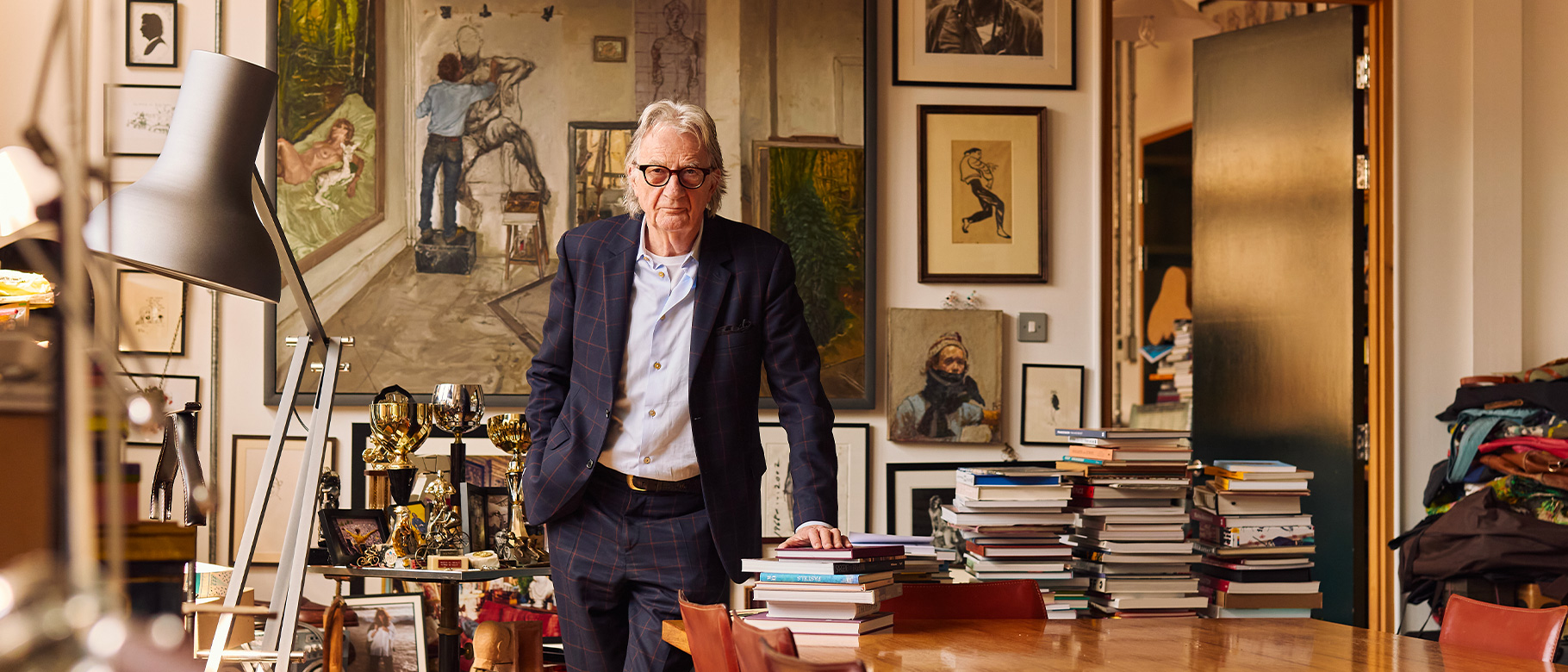

Entering Paul Smith’s Covent Garden office is like walking into another world. It is, in a sense, a physical manifestation of his brand. There is something everywhere you look, and it’s not just clothes. There are carbon fibre racing bicycles, ceramics, toys and trinkets, vintage cameras and art. There are piles of books, and original photographs from David Bailey. Many of these items have been sent into Paul by his adoring fans, some are things he’s collected on the road. Others are quite random, like a Snoopy landline phone piled on top of a book about American flight jackets, on top of a Minichamps car model. It is not an office you sit in idly, waiting for the meeting to be over. It is one that you want to stroll around in, looking, touching and admiring as you go. It is like a museum and goes some length to embody the endless creativity that seeps out of the man himself.
It is also not a space that has been manufactured. These are items that have been collected over some time. It’s easy to forget, after all, that Paul Smith the brand has been around for 54 years. Paul opened his first shop in 6 Byard Lane, Nottingham in 1970. It was tiny at just three metres squared, but it was the blueprint of what was to follow. He sold brands that he liked alongside clothes of his own design. But he also sold art and showed David Hockney. Smith always had a strong affiliation to the world of art, but as is well documented, cycling was his first love. “As a teenager my dream was to be a professional cyclist and from 11 or 12 through to 18, that was my passion”, he tells Thomas Mason. “I probably had an interest in clothes but not a strong interest in clothes.”

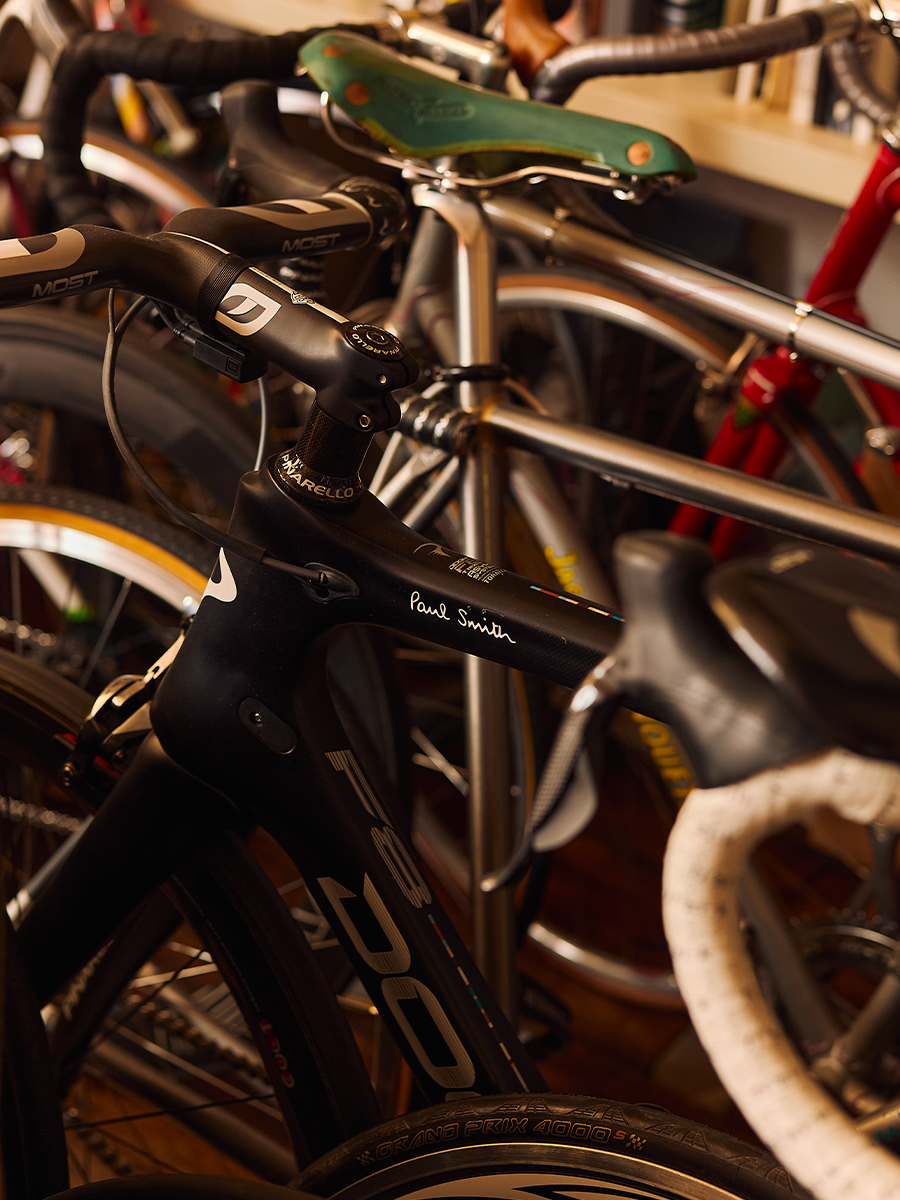
So how did that first shop come about? The idea started after a bad cycling accident. “I worked with somebody from the art school and she was starting a clothes shop. I worked for her in her clothes shop and then eventually started my own, so that they came by accident, literally, by accident, because I had many broken bones”. It was also a practical choice, and as much a way to make money as it was a form of expression.
“I needed to earn a living. I was fortunate enough to meet my then girlfriend, now my wife, Pauline, who was teaching at the art school in Nottingham. She had studied fashion at the Royal College of Art in London, and so she was a very qualified fashion designer. We ended up living together and she said, ‘why don’t you start your own little shop because you’ve got so many ideas and so much energy?’ Then it became our way of earning money. But at the same time, even in my first shop I had a small art gallery in the basement of the shop. It was selling and showing David Hockney, showing the photographer David Bailey. But I also sold objects like ceramics and so on right from day one, and I think that was just because I’m very interested in all forms of creativity.”


Listen to Paul talk and it’s impossible not to feel inspired. He has a way of speaking that is at once eloquent and expressive but also refreshingly down to earth. He explains that the first shop was a collaborative effort, one that he worked on with the help of his partner Pauline, but also with the brands and artists he stocked. This idea of collaboration has always been at the heart of the Paul Smith brand. He was one of, if not the first designer to cross over into other fields, drawing on parallels between different sectors and interests.
The collaborations “just came naturally. I get offered lots and lots of collaboration possibilities and normally, most of them I say no to them because they don’t feel correct. But I say yes to the ones that either scare me because they’re too complicated to do or they’re challenging in some way. I’ve worked with Leica cameras, with Pinarello bicycles, Mini the car company. They’re quite interesting because they’re very opposite to the clothing world. With clothes, you take a pair of scissors, you make a pattern, you put it on the model, and within an hour you start to get an idea or a shape, whereas, designing a watch or spectacles or a car takes years.”


Collaboration has always been at the centre of Paul Smith’s relationship with Thomas Mason. He first started working with Thomas Mason (which was acquired by the Albini family in the 90s) over thirty years ago, using a number of bunches across his many core and seasonal shirt ranges. But more importantly than that, he cites his friendship with one of the family members, Silvio Albini, as something very meaningful to him. “I worked with Thomas Mason before 1993”, Smith says. “As a young designer starting out, I used to hope that they would sell me 10 metres, well, yards in those days. I started to go to all the trade fairs in Italy and I got to know the top fabric makers and Thomas Mason is the one that I always had an affection for, especially because, Silvio Albini, became a really good friend. He was a really interesting man. He was a real, hard working merchant. He was a man who knew his stuff. He wasn’t part of the hype era. He was very much about the fabric and the quality, the price, and customer service.”
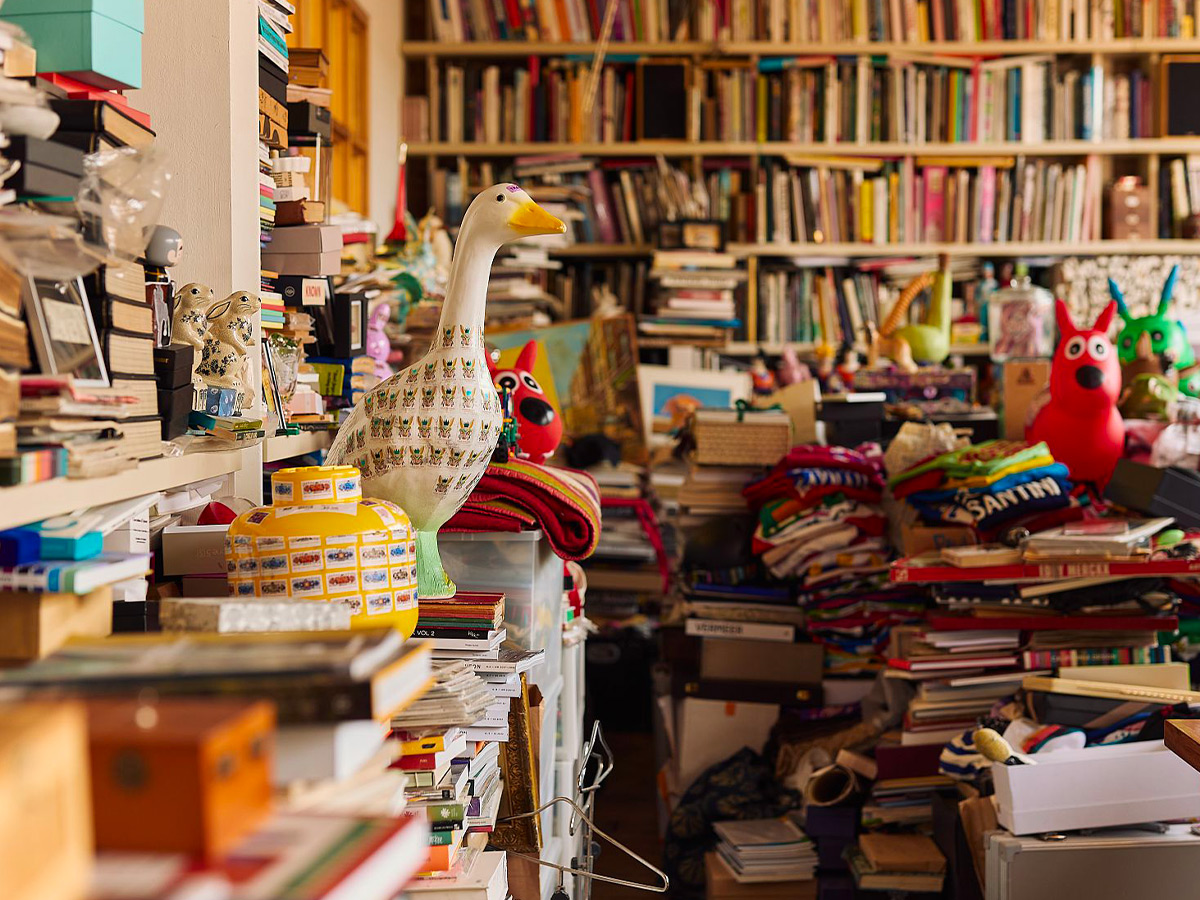
As Paul finishes talking, he then pulls something out of his pocket. It’s a piece of striped fabric and it’s instantly recognisable. The multi-coloured ‘Artist Stripe’ is the brand’s signature, and it’s made by Thomas Mason. Part of the Downing collection, it’s made specifically to Paul Smith’s specification, and will often line the cuffs or hems of shirts or jackets, for that signature pop of colour.
“This is Downing and obviously it’s a fabulous quality, very lustrous fabric”, he explains. “It’s 120/2 and it’s one of our staples. You know, the trick about being a small company like mine, you’ve got to understand that if you work with Thomas Mason or anybody, you’ve got to give them one thing that you’re going to get a little bit of bulk on, and then you get favours like this.”

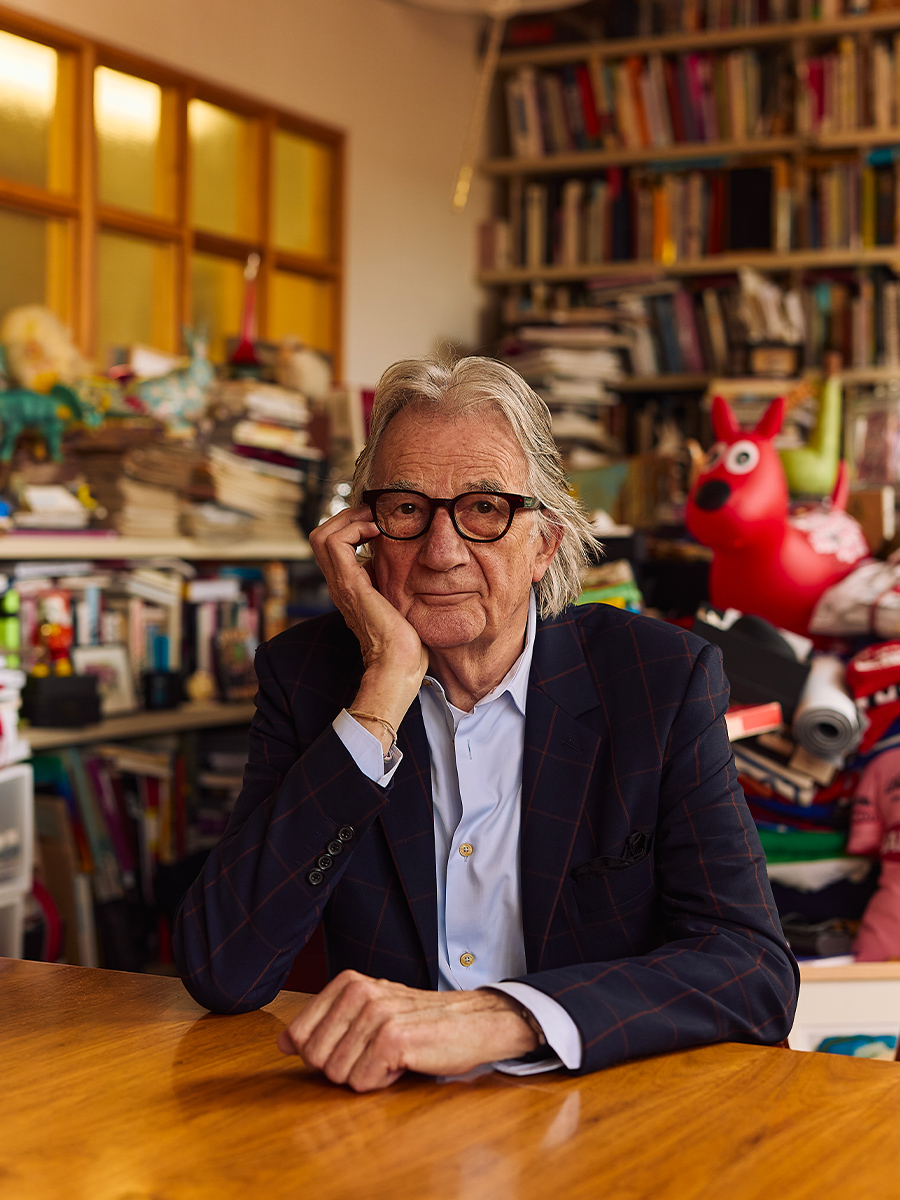
Paul continues, regaling a story that reveals at least a part of why he’s so successful, and so well liked.
“When I used to go to the fabric fairs, I used to say ‘I’d like 20 metres of that and 20 metres of that’ and that was my bulk. That was my order for my production. I used to pretend to be sampling, but somehow I got away with it probably, because I did silly jokes and mucked about. So you know, I do enjoy life, and I’ve got my feet on the ground, I say please and thank you. I’ve got good manners and I treat people properly, I pay my bills. I’m not somebody who is pushing in an incorrect way. So you build relationships because you’re alright, you’re quite a decent bloke.”
At the end of our conversation, I have one final question for Paul. I ask him if there is anything in his life that he hasn’t achieved that he would still like to. He simply responds: “No, I’m fine.” He’s done a little bit more than fine, and with six decades of design behind him, there’s no doubt he’s one of Britain’s greatest ever exports.
Photography by Tom Griffiths
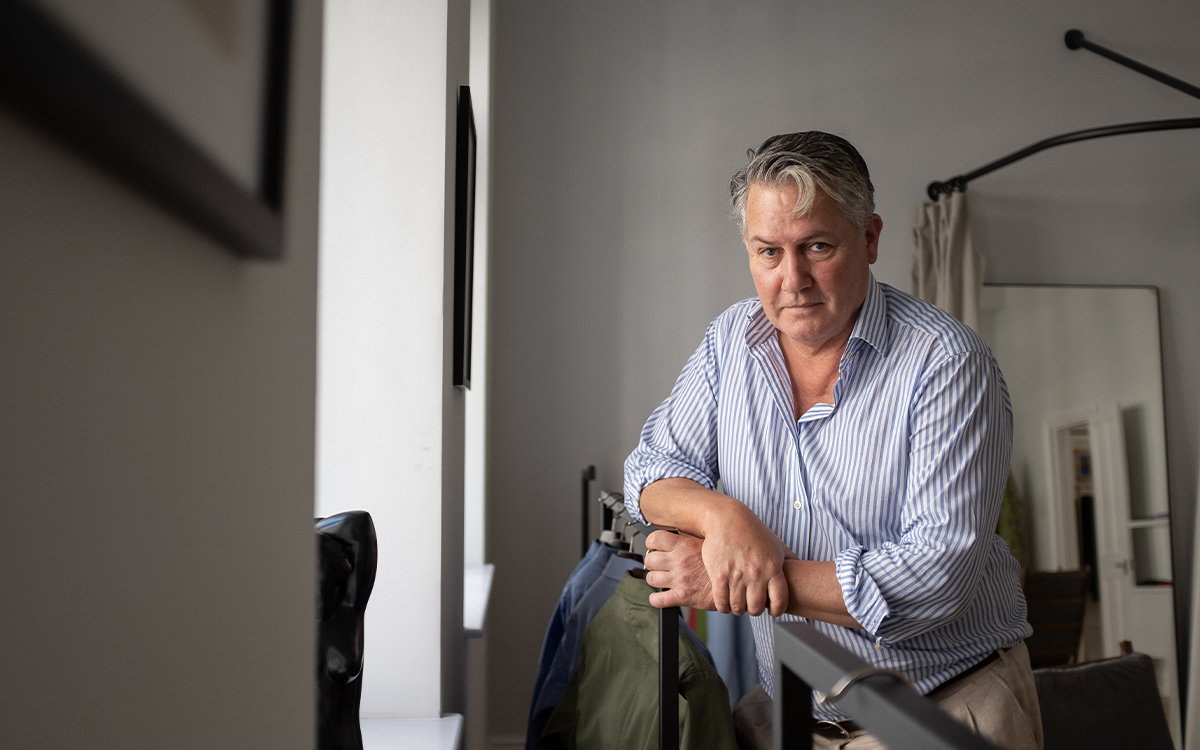
Robert Emmett: Keeping it light
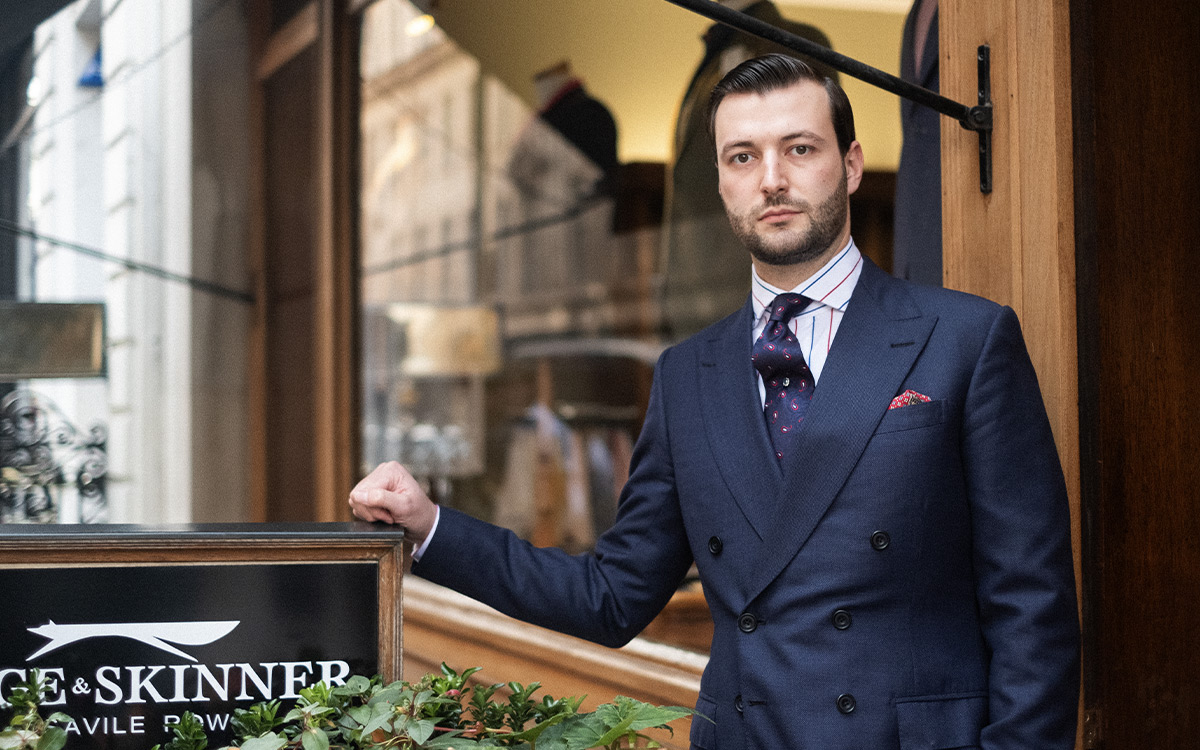
Dege & Skinner: In good hands

Cove: Timeless with the Zeitgeist
Cotonificio Albini S.p.A. - Via Dr. Silvio Albini 1, 24021 Albino (BG) – Italy
Società con unico socio - diretta e coordinata da Albini Group S.p.A.
P.I. 01884530161 - C.F. 08743540158 - Iscritta al Registro Imprese di Bergamo - REA 244649
Capitale sociale sottoscritto e versato € 11.170.960